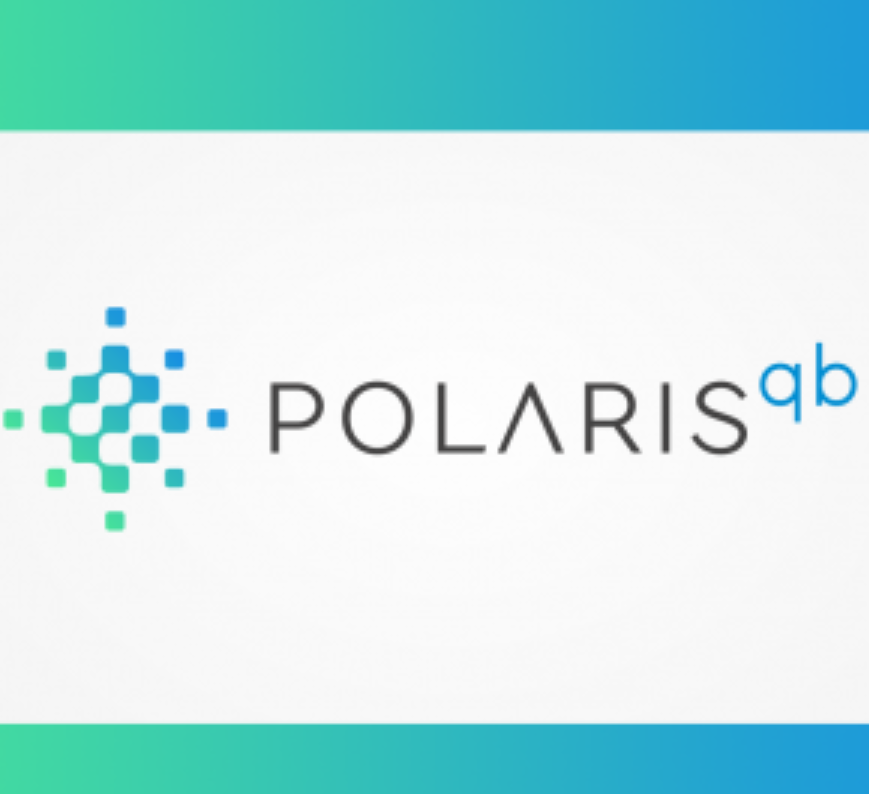Quantum Computing Accelerates Drug Discovery from Years to Weeks

“We’re extracting valuable actionable results, decreasing our cost and time in delivering value for our customers,” stated Bill Shipman, CTO and co-founder of POLARISqb, setting the stage for a revolutionary approach to drug discovery using quantum computing at the D-Wave — Qubits 2024 event.
POLARISqb, a biotech company founded in 2020, is leveraging D-Wave’s quantum annealing technology to dramatically speed up the drug discovery process. Their innovative approach compresses what traditionally takes years into mere weeks, potentially transforming the pharmaceutical industry.
Shipman explaind the current challenges: “Drug discovery and drug design — as I think we’re all aware from the media — is a long and expensive process.” He noted that the conventional method “takes on average three years and $4 million” and is limited by the chemicals available in labs or catalogs.
POLARISqb’s quantum-powered solution, however, opens up vast new possibilities.
“We’re able to look at billions of molecules in contrast to the current industry process which is looking at thousands of molecules,” Shipman revealed. This exponential increase in the chemical space explored could lead to more effective drugs being discovered faster.
Maurice Benson, Principal Software Engineer at POLARISqb, got stuck into the technical aspects of their approach. They use fragment-based drug design, breaking molecules into pieces and recombining them in novel ways.
“We’ve turned this into a constraint satisfaction problem,” Benson explained, which they then map onto D-Wave’s quantum annealer.
The quantum advantage becomes clear when Benson compares their results to classical methods: “We found is even though given the same amount of time that D-Wave’s annealer constantly gave us molecules that had a higher Pharmacophore score.” This indicates that the quantum-derived molecules better fit the desired constraints and optimization criteria.
Moreover, the quantum approach yields more diverse results.
“The D-Wave annealer used fifty more fragments than the classical search,” said Benson. This diversity allows researchers to explore a wider chemical space, potentially uncovering unexpected and valuable drug candidates.
Shipman emphasized the real-world impact of their technology: “We are producing results that are relevant for our customers and leading to repeat customers.” In an industry where physical validation is crucial, this repeat business signals that POLARISqb’s quantum-derived molecules are showing promise in actual laboratory tests.
The potential of this quantum-powered approach extends beyond just speed. It could enable the exploration of previously inaccessible chemical spaces, leading to entirely new classes of drugs. As computing power increases, the advantages may become even more pronounced.
Shipman concluded with a call to action for the industry: “Quantum utility is available today. Please don’t get lost in the definitions go with technology that drives measurable outcomes.” With POLARISqb demonstrating tangible results, it’s clear that quantum computing is no longer a future promise for drug discovery — it’s making an impact now.
